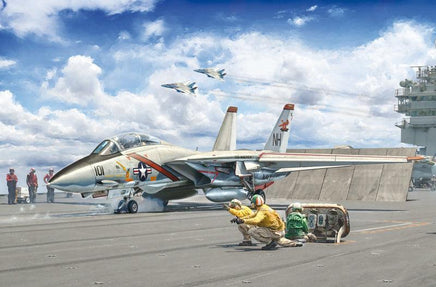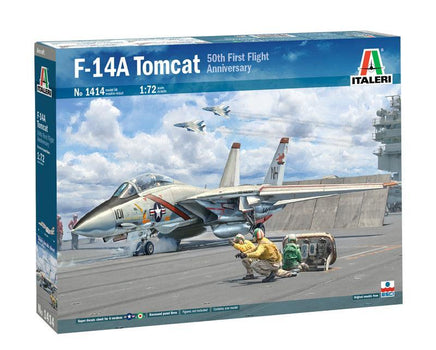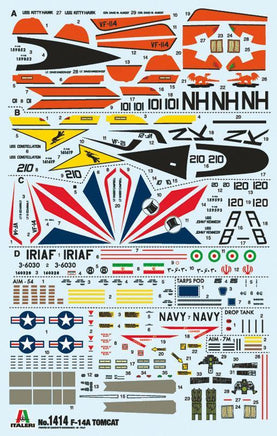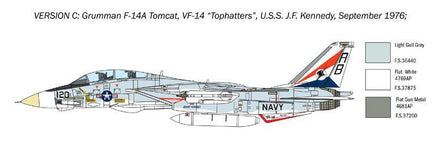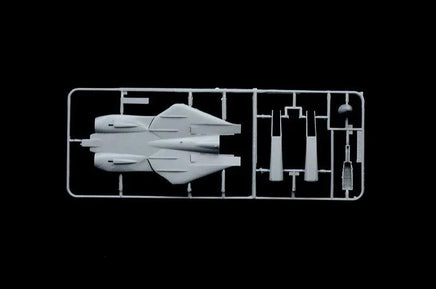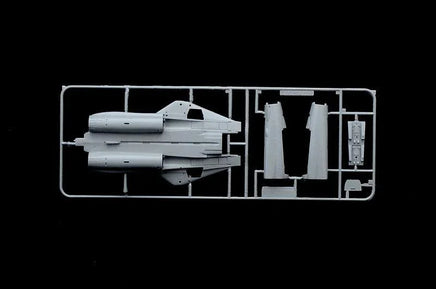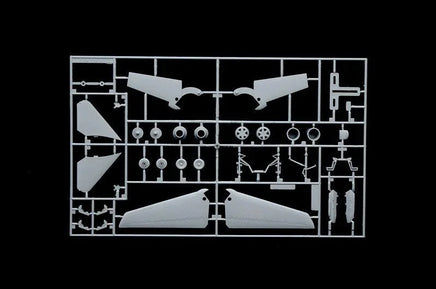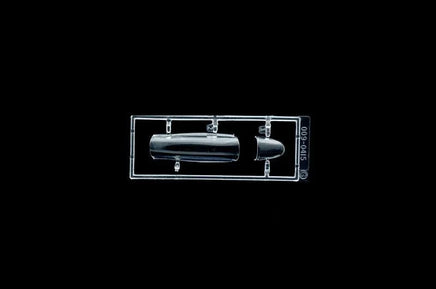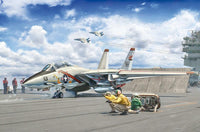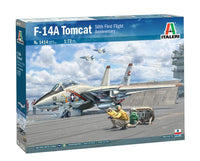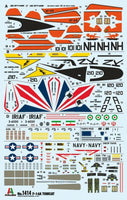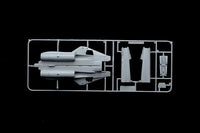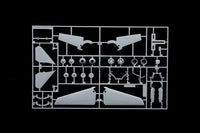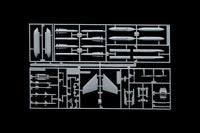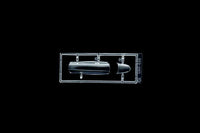Passa alle informazioni sul prodotto
The American supersonic twin-engine Grumman F-14 Tomcat was an icon of the U.S. Navy fighter squadrons during the ‘80s and '90s It was characterized by the adoption of the variable-sweep wing, the twin-tail, and the tandem two-seat cabin. The “Tomcat” provided an impressive operational performance. Thanks to its two General Electric Afterburning turbofans, it was able to reach a maximum speed of Mach 2.34. It was armed with a 20-mm M61 Vulcan rotating gun, and it could use, in addition to the more conventional AIM-9 Sidewinder and AIM-7 Sparrow, the AIM-54 Phoenix radar-guided long-range missiles. The F-14 entered service during the ‘70s, replacing the F-4 Phantom II to perform air superiority duties. During its operational career, it participated in a lot of military operations, from the Gulf of Syria crisis to the Iraq War.
- Type: Fighter aircrafts
- Period: from '90
- Country: United States
- SKILL: 3
- Model Dim.: 26.5 cm
- Box Dim.: 345 x 242 x 48 mm
The American supersonic twin-engine Grumman F-14 Tomcat was an icon of the U.S. Navy fighter squadrons during the ‘80s and '90s It was characterized by the adoption of the variable-sweep wing, the twin-tail, and the tandem two-seat cabin. The “Tomcat” provided an impressive operational performance. Thanks to its two General Electric Afterburning turbofans, it was able to reach a maximum speed of Mach 2.34. It was armed with a 20-mm M61 Vulcan rotating gun, and it could use, in addition to the more conventional AIM-9 Sidewinder and AIM-7 Sparrow, the AIM-54 Phoenix radar-guided long-range missiles. The F-14 entered service during the ‘70s, replacing the F-4 Phantom II to perform air superiority duties. During its operational career, it participated in a lot of military operations, from the Gulf of Syria crisis to the Iraq War.

